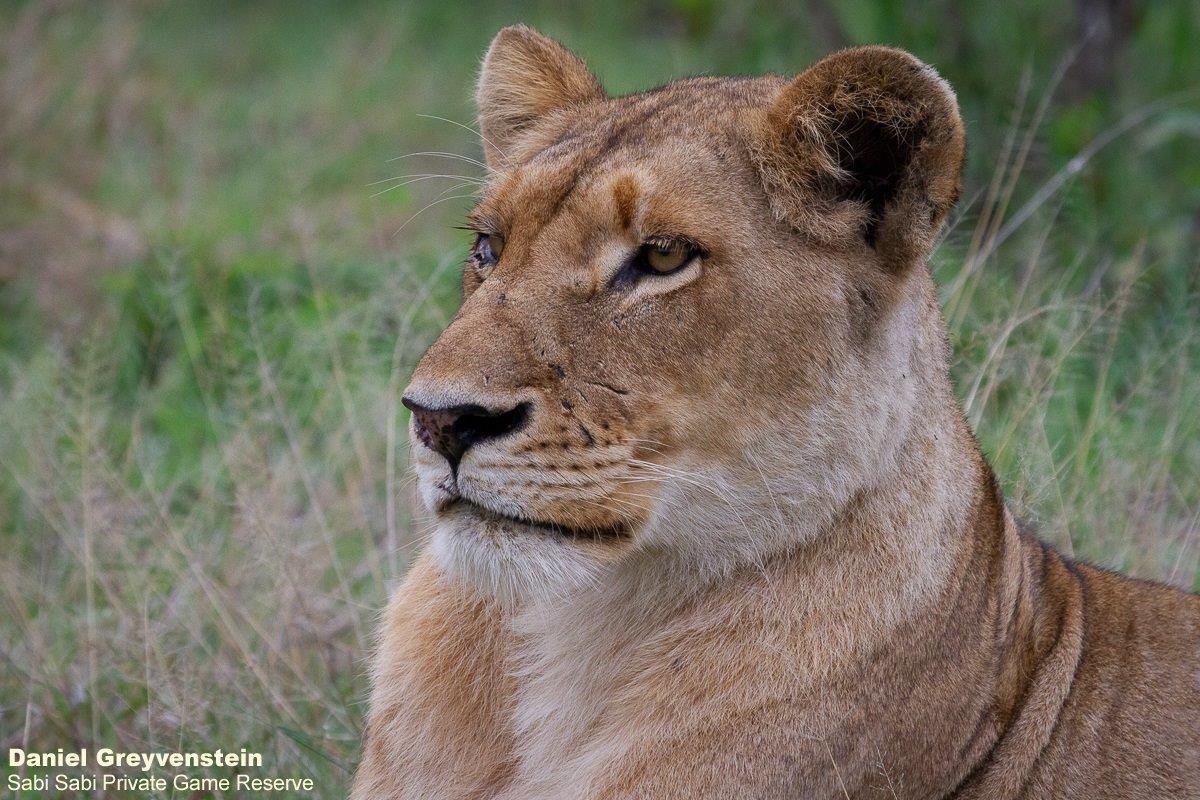A Week in the Bush Vol. 435
on Nov 09, 2022Over the past few weeks, we have had large herds of buffalo on our reserve and as a result, lion tracks are usually not too far behind. We set off one day looking for some male lions who had been following the buffalo for a few days and came across the Southern Pride on a kudu kill!
After not seeing this pride for a few days, we were very lucky to find them! The sub-adult cubs have been helping hunt as they have developed the skill and are now bold enough to take part in hunts, even making their own kills. This is extremely positive for the once mega pride, and we look forward to watching them continue to grow from strength to strength.
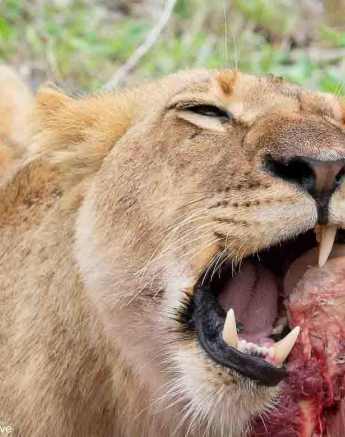
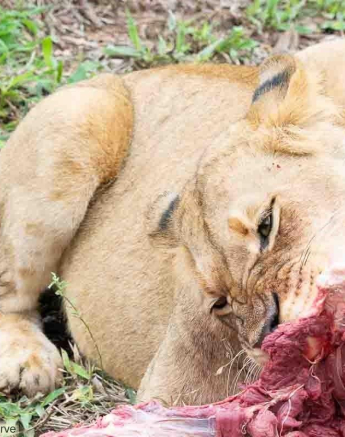
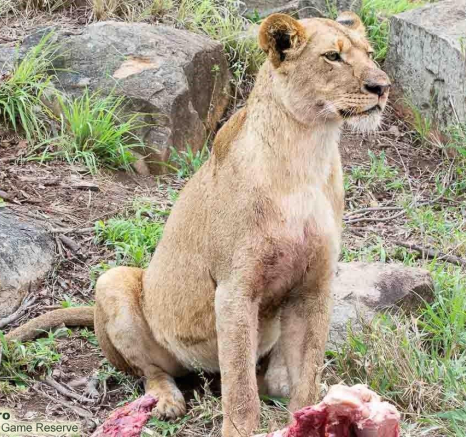
As we headed back to the lodge after an evening safari, we heard lions vocalising in the distance. We followed up and found one of the Gijima males and a Southern Pride female mating. What a wonderful surprise! As we left them in peace, we hoped that they would stay in the area until the next morning. And they did not disappoint, not too far from where we left them the previous night, we found the two lovebirds. They were seen mating over a few days and as a result, started looking like they needed a good meal!
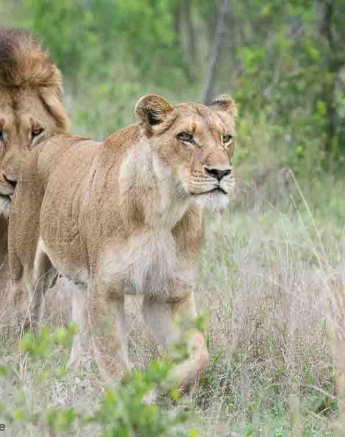
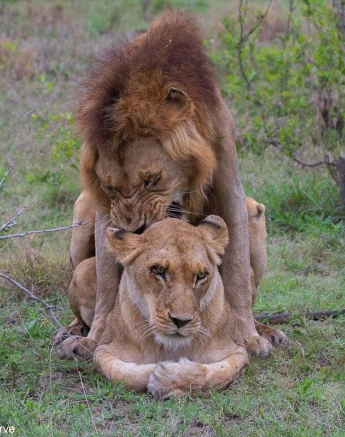
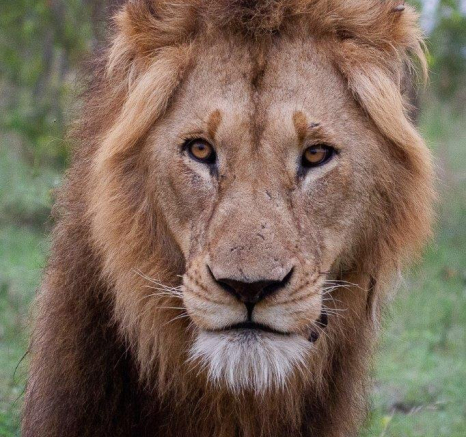
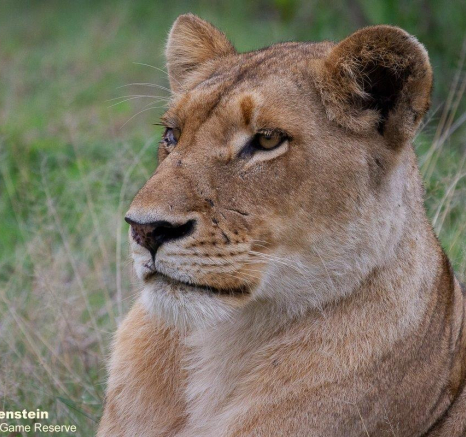
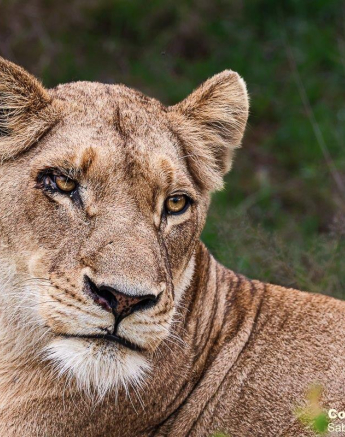
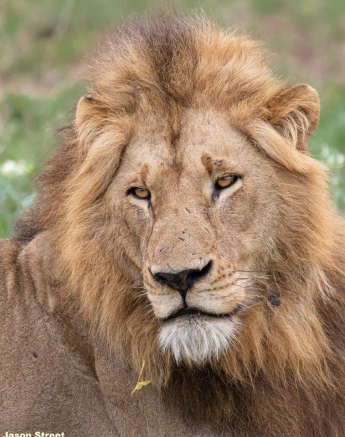
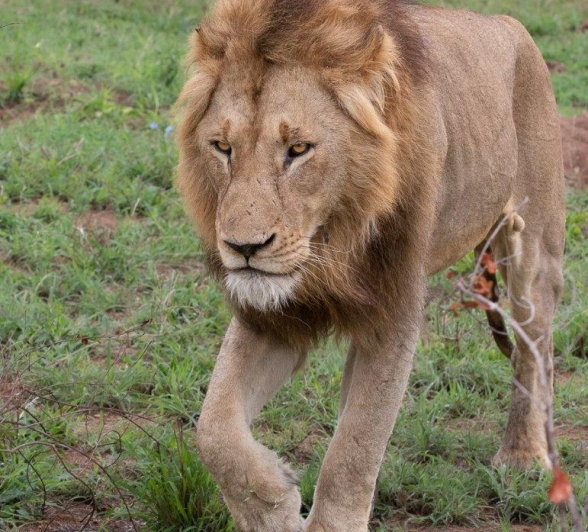
The Kambula Pride, together with two of the N'waswishaka males, was found not too far from Selati Camp. Enjoying the morning sun as they warmed and dried up after the rains we had over the weekend. As the female stood up in search of some shade, the male followed very close behind her. We saw this male and female mating last week, so we presume that she might still be in oestrus. The male gave us a big "smile", or a grimace, as he was testing the female's urine.
Flehmen Grimace is the way in which cats test and analyse interesting and strange smells. The male tests the female's reproductive status by smelling her urine. This smell will translate any messages through the Jacobson's Organ that is connected to the brain. Higher oestrogen levels will indicate a female's readiness to mate.
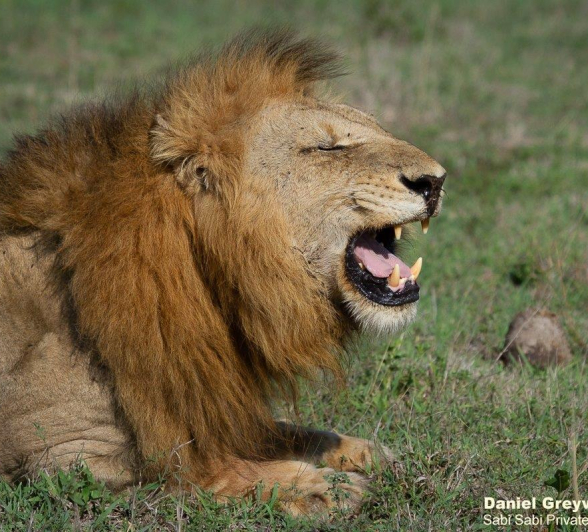
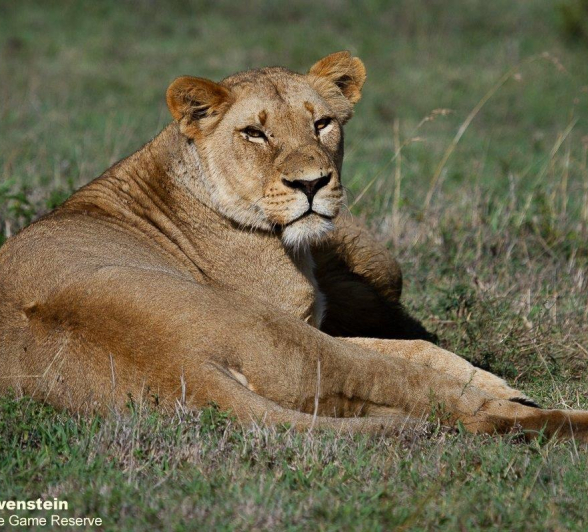
The following day, they were seen again. As darkness fell over the vast open plains west of Selati Camp, the Kambula Pride and two N’waswishaka male lions got active.
The pride moved quickly with the males marking as they passed by prominent bushes. After the heavy rains the night before, it is important for the males to scent mark and patrol their territory advertising their presence.
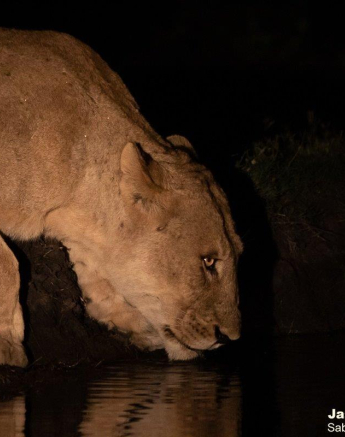
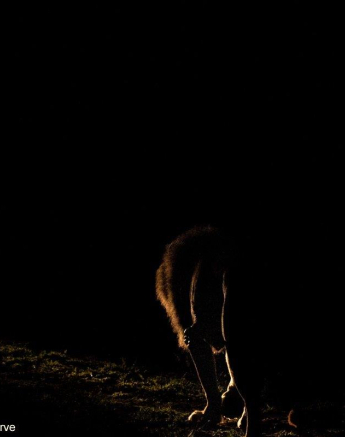
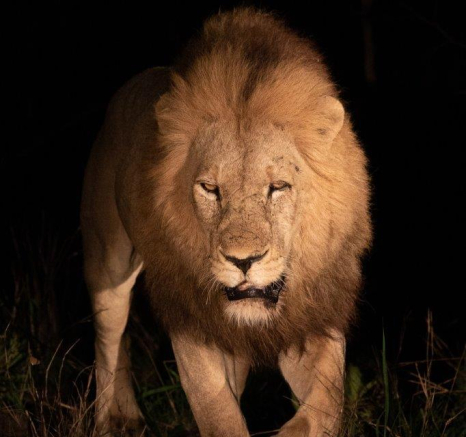
With the rain coming down a bit harder and spirits feeling a little bit low after a quiet morning safari, we decided to slowly make our way back towards the lodge. On our way, we heard the sound of bone crunching in a thicket close by. We stopped to have a look around and that's when we made eye contact with the beautiful Golonyi female leopard in a Marula tree. She had made a duiker kill.
The rain kept coming down harder but that was no hindrance as we could sit in the presence of this gorgeous female leopard and just watch as she would feed on what was left of her kill. After a while, she accidentally dropped the kill out of the tree, but with no hyenas around, she could casually make her way down the tree back to her kill. That was when she decided that it might be a perfect time to find a better hiding spot for her kill, and she moved on into a very thick area to better shelter herself from the weather and any predators wanting to steal her kill.
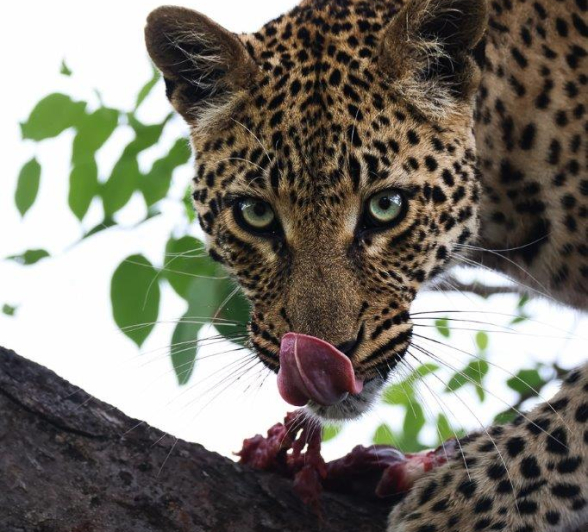
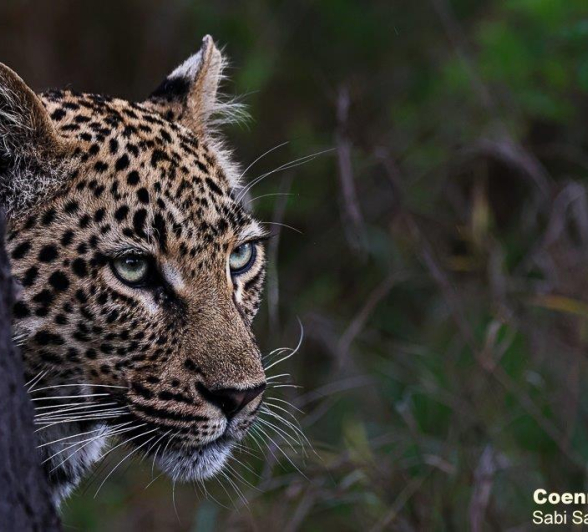
The following day, we went back to where Golonyi was seen on her kill. She first lay at the base of a large Marula tree where the kill had been hoisted. Then as darkness fell and hyenas appeared, Golonyi was forced to seek the safety of the tall tree.
Nothing goes to waste even the head which has surprisingly high eating value. Golonyi skilfully devoured any part of nutritional value while hyenas waited below for scraps to fall.
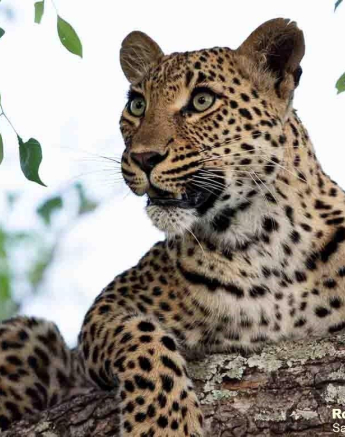
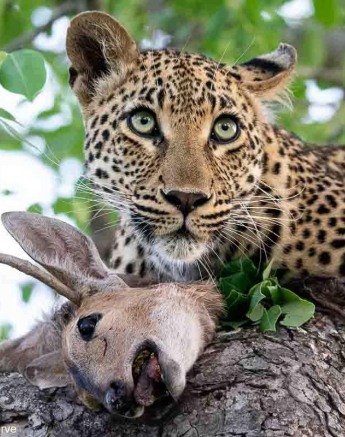
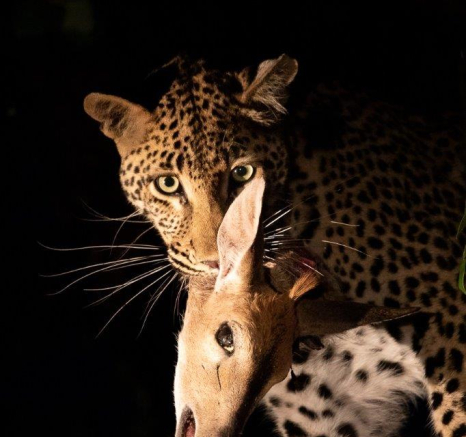
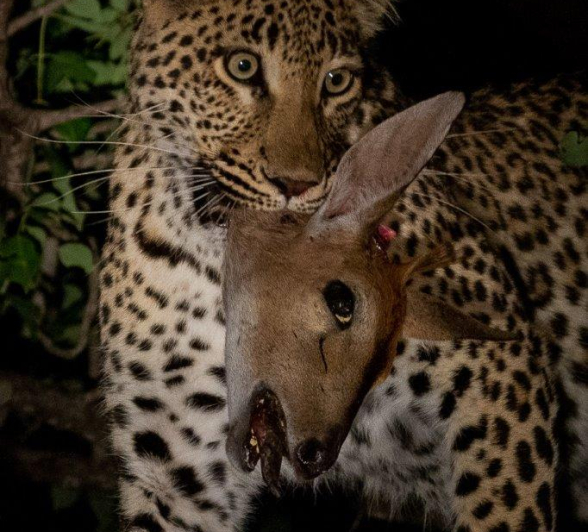
We sat in silence, on the bare ground of an open area, that bustled with bird life as the sun rose from the horizon. In the time that we quietened our minds and took a moment to reconnect with nature, a female leopard vocalised. It felt as though it reverberated through our bodies as we listened. She vocalised three more times before we headed out in the direction of her raspy call. We were lucky to find the Golonyi female in the open at a junction of two roads, she was focused on the wildebeest just ahead. She ran after them and they ran after her in a game of cat and mouse began. Highly entertained by her morning antics and seemingly chuffed with herself, she soon headed off to mark her territory. She came to rest on a beautiful boulder as the day began to heat up.
Vocalisations from leopards may be an indication of “marking territory” and or finding a potential mate. The likelihood of the latter being a possibility is quite high as the N’weti male was found just a road ahead vocalising too. In time we may find these two cross paths.
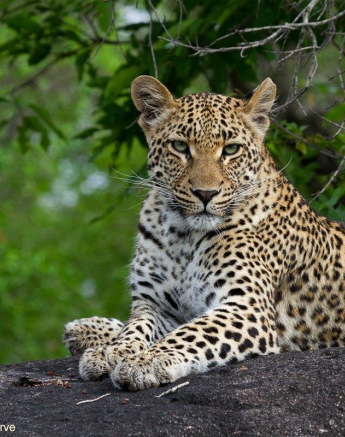
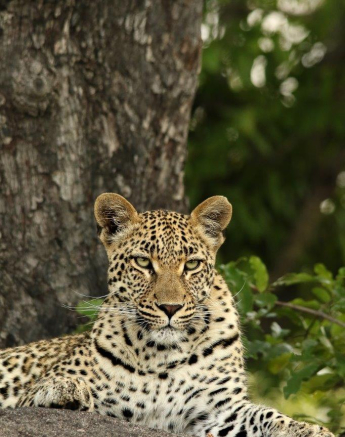
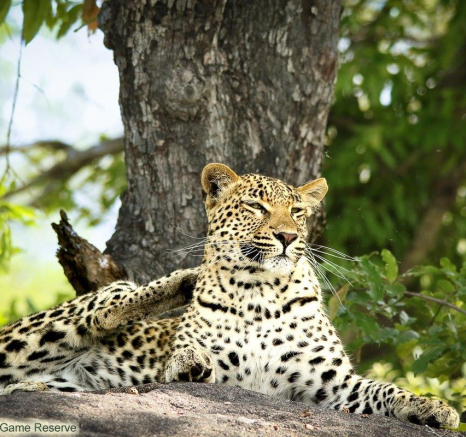
We awoke to clear skies and crisp fresh air after a beautiful thunderstorm during the early hours of the morning, roars, from a pride of lion could be heard northwest of Bush Lodge and the plan was to head out and follow up on the calls. Heading in the direction of the calls we were distracted by another promising sign, fresh tracks for a male cheetah were left behind on the muddy canvas provided by the rains. The lions were now forgotten, and the excitement was high with Tracker Lazarus hot on the heels of the cheetah. We tracked the cheetah along the road, through a drainage line, eventually a squirrel's alarm call gave the cheetah away and we found him, sitting high on a termite mound.
Choosing the right track to follow is imperative to success, we passed up on the lions that had been calling to follow up on tracks for the cheetah. Sometimes it is important to reassess goals when new opportunities present themselves. On this occasion, we used the clues laid before us, assessed our options, and took a calculated risk which paid off.
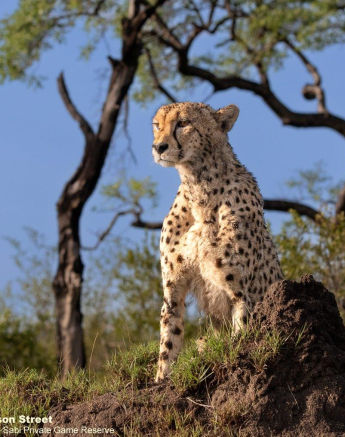
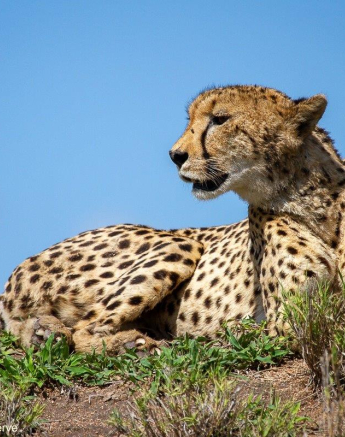
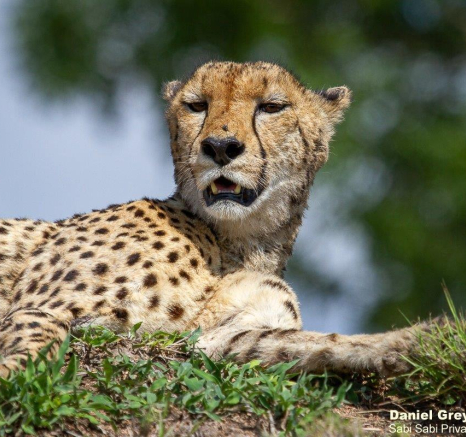
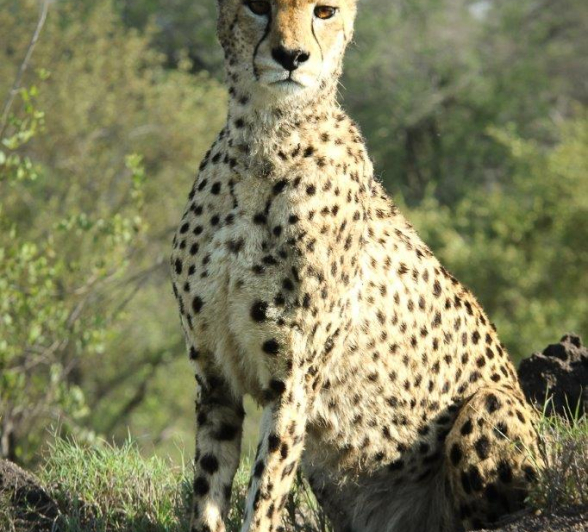
On hot days we find that the elephants come and drink water frequently from numerous water sources on our reserve. On this particular day, we not only witnessed a herd drink but also enjoy a mud bath. This elephant was throwing mud over itself to help cool down its body and had a good drink to nourish the thirst that the heat brings.
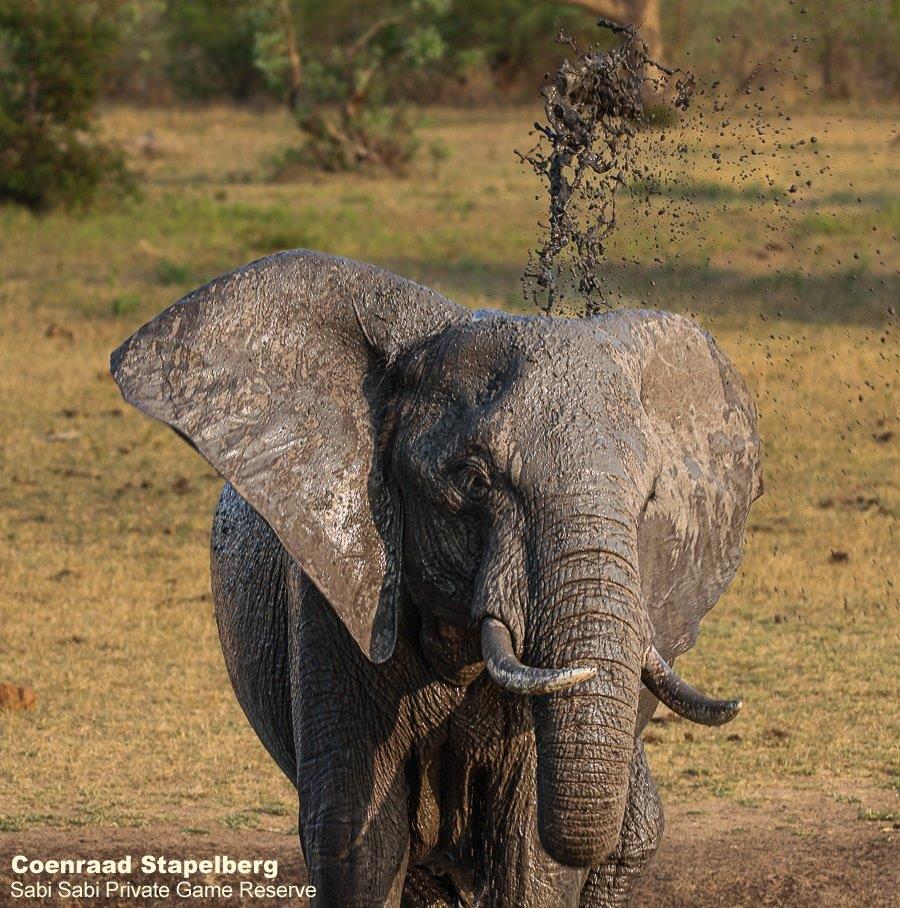
What a nice surprise! We found this Side-striped Jackal feeding on Jackalberry fruits. This is where the name of the Jackalberry tree originates. Jackals are omnivores and are seen under these trees, especially in the summer times when it's time for the trees to fruit.
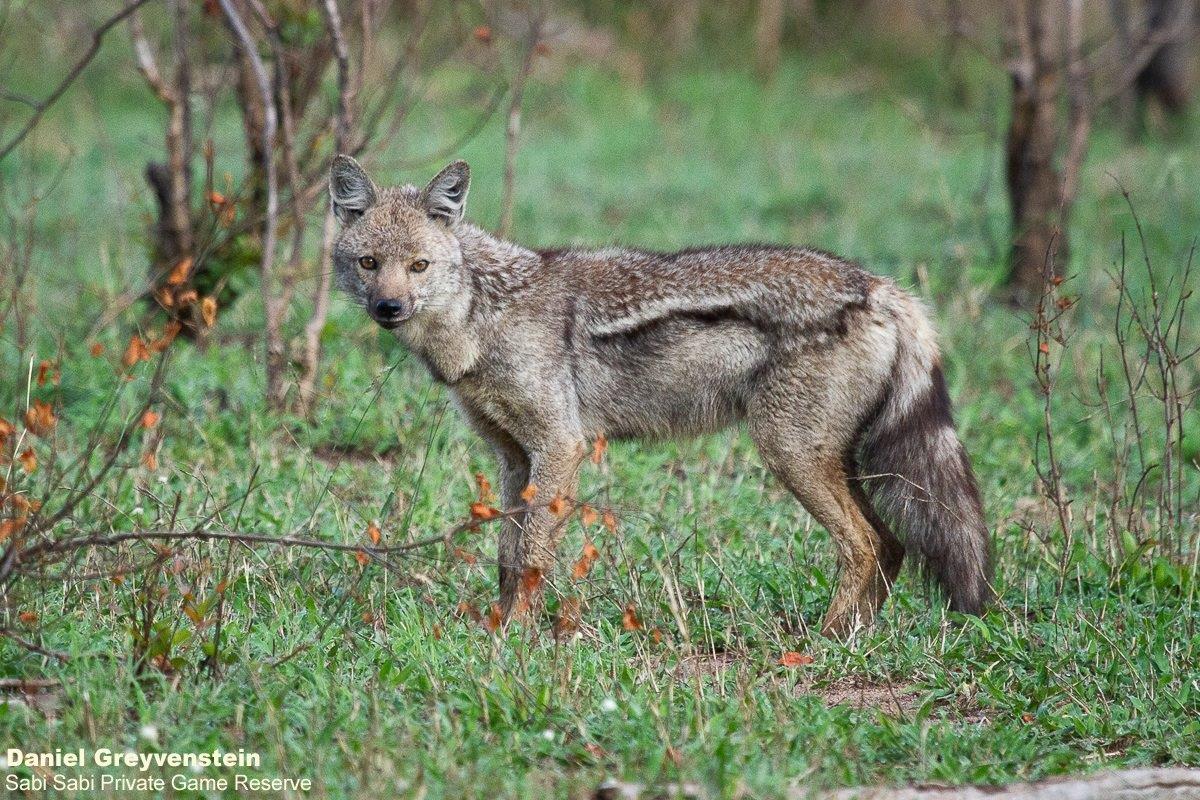
A large bird of prey was spotted from a long distance, it was an immature Bateleur Eagle. To the untrained eye, this could easily be miss identified as a Brown Snake Eagle due to the colour and the large round head.
A sure way to differentiate between the immature Bateleur Eagle and the Brown Snake Eagle is, the Brown Snake Eagle has a longer tail with bright yellow eyes as opposed to the immature Bateleur which has a very short tail and light brown eyes.
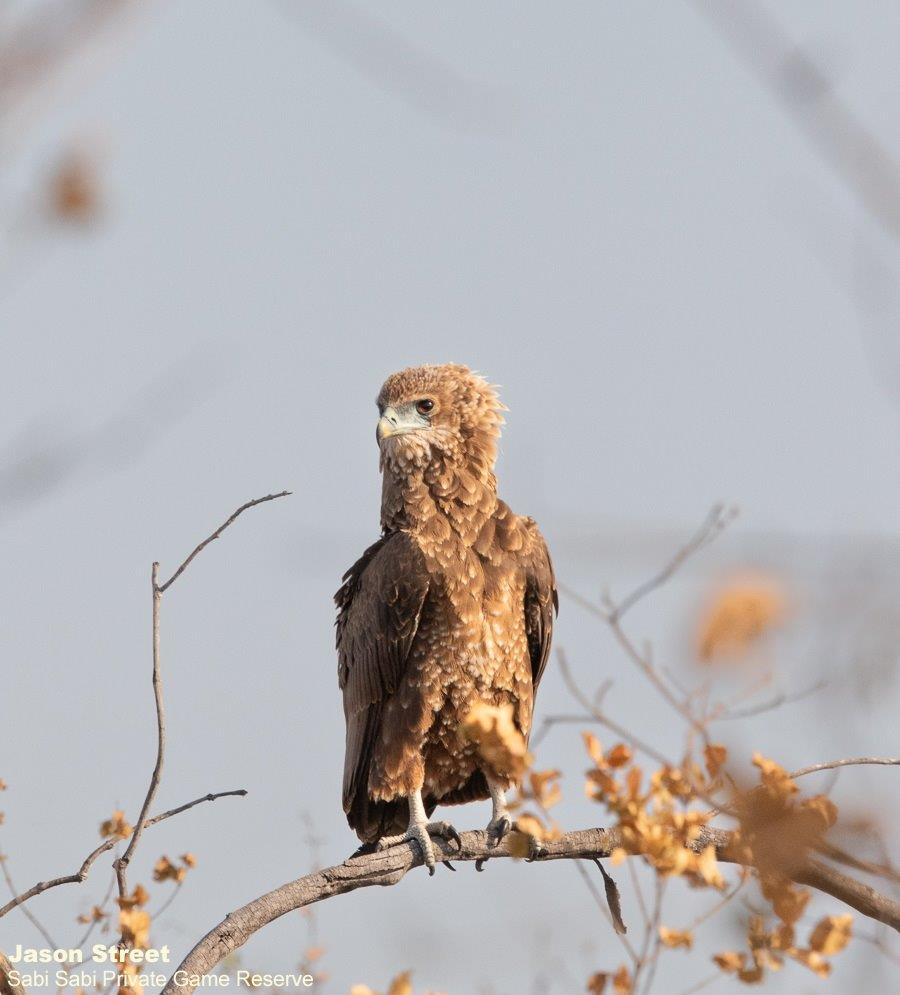
We waited patiently at a water source for two female giraffes to come and drink. Giraffes are not water-dependent and get a lot of the needed moisture from the vegetation they eat. When water is available, they will drink every second to third day.
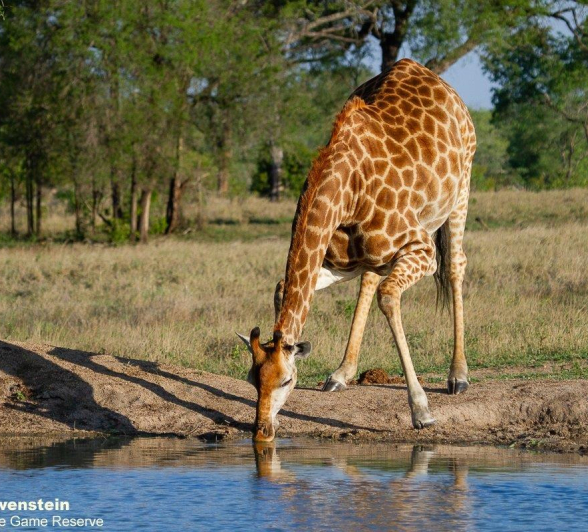
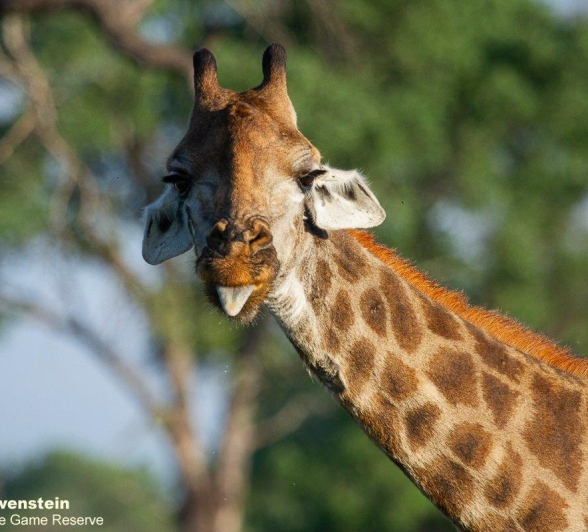
Until next time
